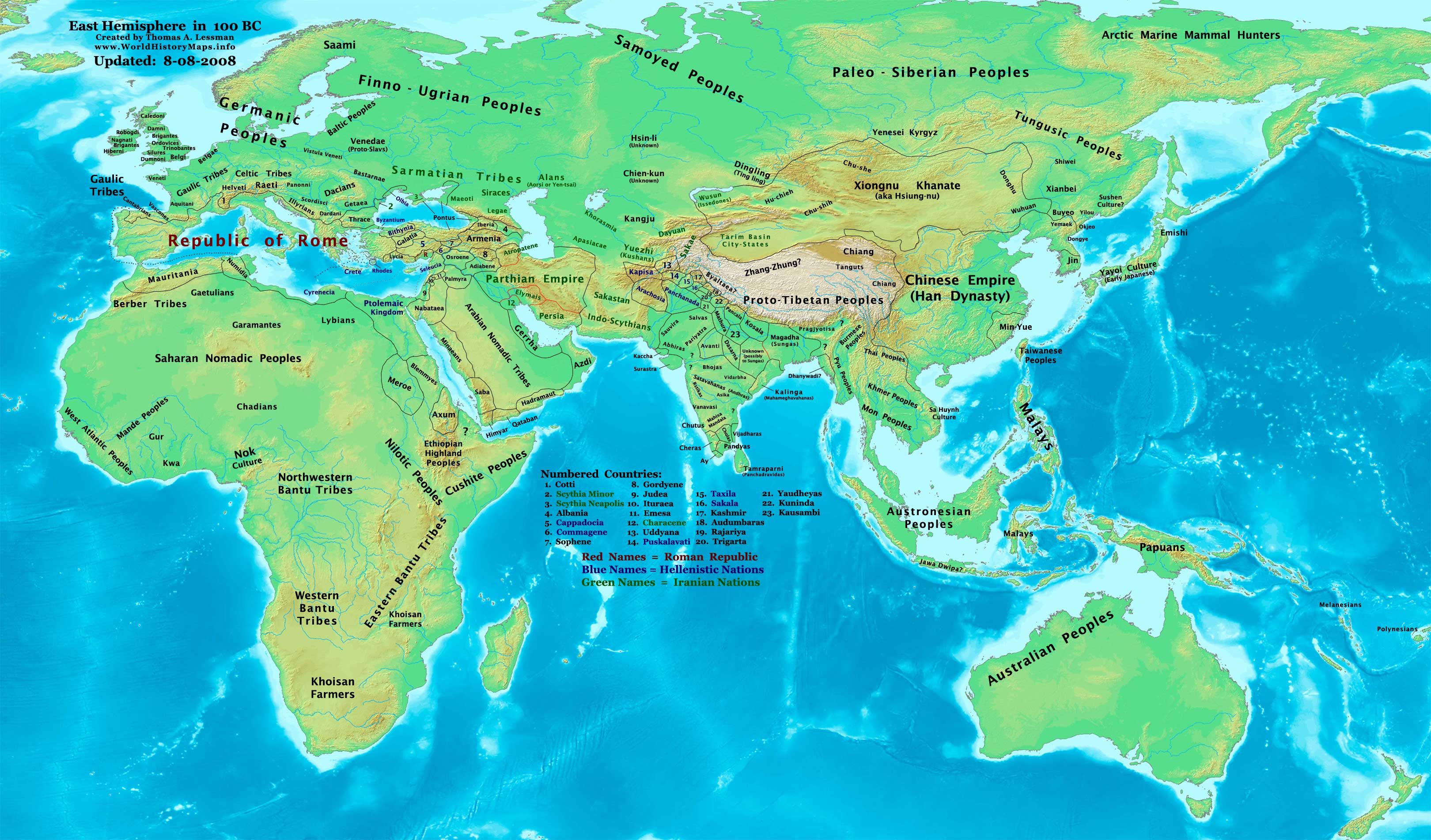|
Dānapāla
Dānapāla or Shihu} (died 1017) was an Indian Buddhist monk and prolific translator of Sanskrit Buddhist sutras during the Song dynasty in China. Life A native of Oddiyana, he was a Vajrayana monk at Oddiyana's Vaijayanta Saṁghārama before arriving with his brother Devaśāntika in the Song dynasty capital Bianjing (now called Kaifeng) in 980 CE.Sen 2016 Lu 2010, p.69 Emperor Song Taizong wanted the translation of more Indian Buddhist sutras. However, he was unsure about Dānapāla, Devaśāntika, and Dharmadeva's translation abilities. He then invited them to the Imperial Palace and tested their translation abilities with Sanskrit sutras kept at his palace. As they were all bilingual in Chinese and Sanskrit, the three satisfied Emperor Song Taizong's translation expectations. He then built a new translation bureau in 982 CE, called the "Institute for the Translation of Sutras" on the western side of the Taiping Xingguo Monastery. The emperor also bestowed honorary purple r ... [...More Info...] [...Related Items...] OR: [Wikipedia] [Google] [Baidu] |
Oddiyana
(also: ''Uḍḍiyāna'', ''Uḍḍāyāna'' or ''Udyāna'', Sanskrit: ओड्डियान, उड्डियान, उड्डायान, उद्यान; , , mn, Үржин ''urkhin''), was a small region in early medieval India, in present-day Swat District of modern-day Pakistan.‘Uḍḍiyāna and Kashmir’, pp 265-269 ‘The Śaiva Exegesis of Kashmir’, in Mélanges tantriques à la mémoire d’Hélène Brunner. Tantric Studies in Memory of Hélène Brunner, Collection Indologie 106, EFEO, Institut français de Pondichéry (IFP), ed. Dominic Goodall and André Padoux, 2007.) An alternate theory places its location in what is now the modern Indian state of Odisha, though this is improbable. It is ascribed importance in the development and dissemination of Vajrayāna Buddhism. It was also called as “the paradise of the Ḍākinīs”. Tibetan Buddhist traditions view it as a Beyul (Tibetan: སྦས་ཡུལ, Wylie: sbas-yul), a legendary heavenly p ... [...More Info...] [...Related Items...] OR: [Wikipedia] [Google] [Baidu] |
Nāgārjuna
Nāgārjuna . 150 – c. 250 CE (disputed)was an Indian Mahāyāna Buddhist thinker, scholar-saint and philosopher. He is widely considered one of the most important Buddhist philosophers.Garfield, Jay L. (1995), ''The Fundamental Wisdom of the Middle Way'', Oxford: Oxford University Press. Jan Westerhoff considers him to be "one of the greatest thinkers in the history of Asian philosophy." Nāgārjuna is widely considered to be the founder of the Madhyamaka (centrism, middle-way) school of Buddhist philosophy and a defender of the Mahāyāna movement. His ''Mūlamadhyamakakārikā'' (Root Verses on Madhyamaka, or MMK) is the most important text on the madhyamaka philosophy of emptiness. The MMK inspired a large number of commentaries in Sanskrit, Chinese, Tibetan, Korean and Japanese and continues to be studied today. History Background India in the first and second centuries CE was politically divided into various states, including the Kushan Empire and the Satavaha ... [...More Info...] [...Related Items...] OR: [Wikipedia] [Google] [Baidu] |
Indian Emigrants To China
Indian or Indians may refer to: Peoples South Asia * Indian people, people of Indian nationality, or people who have an Indian ancestor ** Non-resident Indian, a citizen of India who has temporarily emigrated to another country * South Asian ethnic groups, referring to people of the Indian subcontinent, as well as the greater South Asia region prior to the 1947 partition of India * Anglo-Indians, people with mixed Indian and British ancestry, or people of British descent born or living in the Indian subcontinent * East Indians, a Christian community in India Europe * British Indians, British people of Indian origin The Americas * Indo-Canadians, Canadian people of Indian origin * Indian Americans, American people of Indian origin * Indigenous peoples of the Americas, the pre-Columbian inhabitants of the Americas and their descendants ** Plains Indians, the common name for the Native Americans who lived on the Great Plains of North America ** Native Americans in the Uni ... [...More Info...] [...Related Items...] OR: [Wikipedia] [Google] [Baidu] |
Sanskrit Scholars
Sanskrit (; attributively , ; nominally , , ) is a classical language belonging to the Indo-Aryan branch of the Indo-European languages. It arose in South Asia after its predecessor languages had diffused there from the northwest in the late Bronze Age. Sanskrit is the sacred language of Hinduism, the language of classical Hindu philosophy, and of historical texts of Buddhism and Jainism. It was a link language in ancient and medieval South Asia, and upon transmission of Hindu and Buddhist culture to Southeast Asia, East Asia and Central Asia in the early medieval era, it became a language of religion and high culture, and of the political elites in some of these regions. As a result, Sanskrit had a lasting impact on the languages of South Asia, Southeast Asia and East Asia, especially in their formal and learned vocabularies. Sanskrit generally connotes several Old Indo-Aryan language varieties. The most archaic of these is the Vedic Sanskrit found in the Rig Veda, a collect ... [...More Info...] [...Related Items...] OR: [Wikipedia] [Google] [Baidu] |

